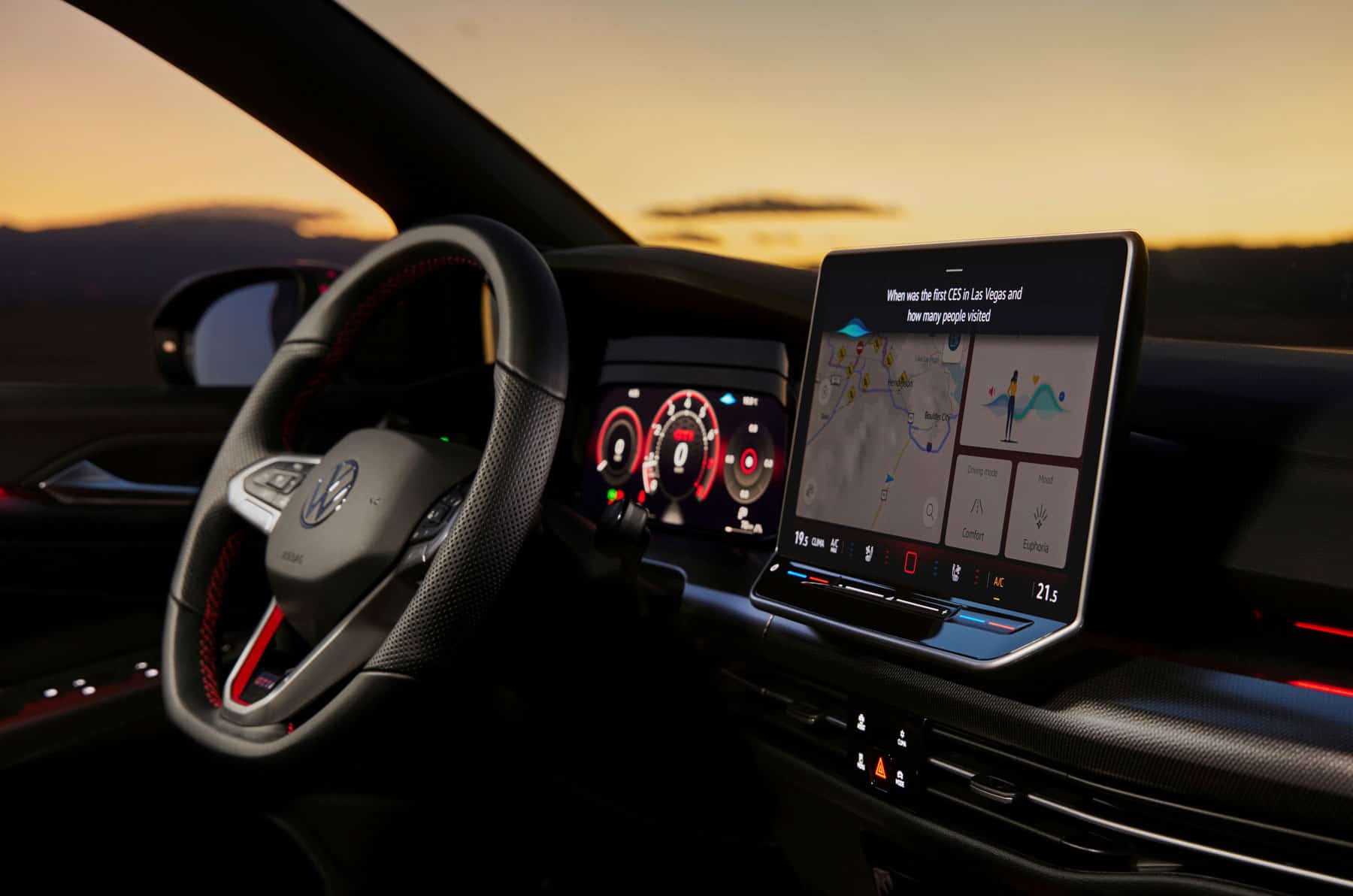
Laptops with built-in webcams, smartphones with cameras and voice assistants, Alexas, Siris, Google Assistants, Telekom Smart Speakers and so on, the list of technical devices that are supposed to make our lives easier and more beautiful is getting longer almost by the day. In addition, there are surveillance cameras not only in public but increasingly also at home – and even cameras in refrigerators and televisions. By now, people have become accustomed to it and hardly think about the fact that these cameras and assistants are constantly seeing and hearing everything we do and say.
A group of computer scientists at Saarland University in Germany now wants to question this casual use of such gadgets in an unusual way in a research project. To this end, they have developed a rather unusual and somewhat creepy webcam in the design of a human eye. But this anthropomorphic “Eyecam” not only looks like an eye, it can also imitate realistic eye movements.
True-to-life eye movements
“The goal of our project is not to develop a ‘better’ design for cameras, but to stimulate discussion. We want to draw attention to the fact that we are surrounded by perceptive devices every day. That raises the question of what that does to us,” says Marc Teyssier. He completed his doctorate on anthropomorphic design in Paris in 2020 and is now working as a postdoctoral student in the “Human-Computer Interaction” research group at Saarland University.
The webcam developed by the researchers can, for example, also realistically imitate unconscious eye movements such as blinking or raising a brow. “With ‘Eyecam,’ we are exploring the question of whether a technical device should reflect its function in its design,” adds computer scientist Marion Koelle, who completed her doctorate on the topic of “Social acceptance of body-worn cameras.”
Koelle explains why they chose a lifelike replica of the eye: because it could be used in very different ways. “There are various ways of seeing, all of which have their own unique connotations. For example, you can look at something or just recognize it, or you can observe it closely and spy on it,” she says. “Also, a camera designed as an eye can send nonverbal signals through facial expressions. This opens up a level of interaction that hasn’t existed in technical devices before.”
The eye acts as observer
The Eyecam is part of the European Union-funded ERC Starting Grant ‘InteractiveSkin’ project, in which scientists are investigating how to improve interaction between humans and machines. “We are focusing in particular on control elements that are modeled on the human body,” explains computer science professor Jürgen Steimle, who heads the research group at the Saarland Informatics Campus.
Steimle and his team want to use the innovative Eyecam to show that webcams pose a potential risk to privacy. The Eyecam visually demonstrates this and acts as an observer by opening its eye and following the user with its gaze. But the camera could also be “used for self-reflection,” the researchers say. For example, the artificial eye could tire and keep closing if users are still sitting in front of the computer late at night. Or, like a pet, it could just be there, looking around every now and then and greeting the owner with delight when he or she comes into the room.
“Our application scenarios are fictional and intended to encourage people to think about how they interact with technical devices not just today, but also in the future,” says Marc Teyssier. “What’s special about our experiments is that we can experience and recreate our imagined scenarios with the help of a physically existing prototype.” The scientists published the blueprints for their development “to reach as many people as possible with their thought-provoking ideas.”
Original publication: Eyecam: Revealing Relations between Humans and Sensing Devices through an Anthropomorphic Webcam.







